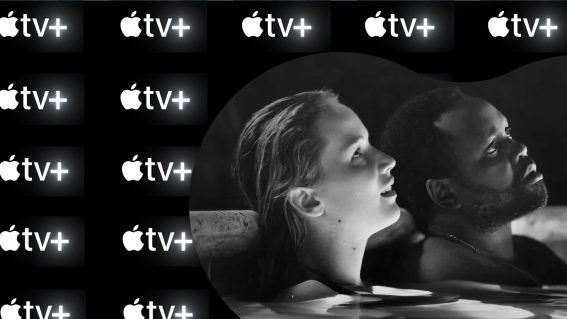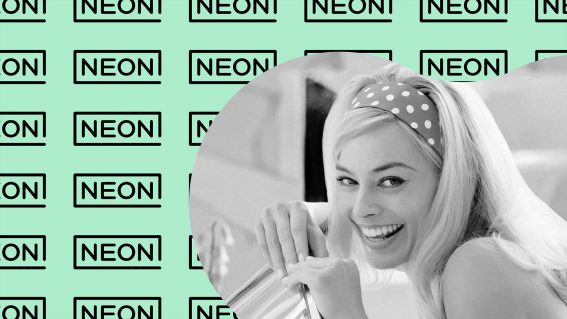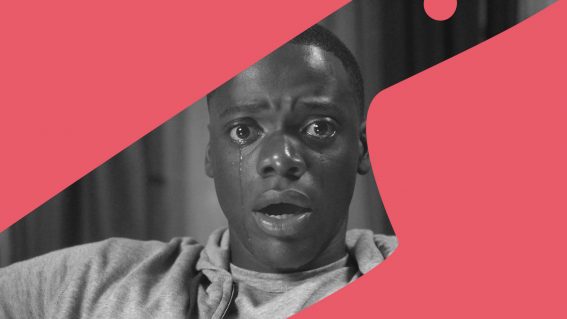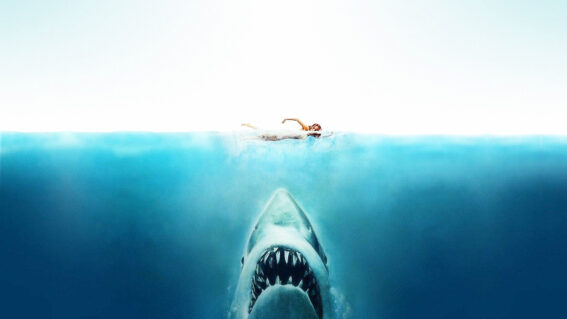Chaotic magic, half-Dads & vermin unicorns: we talk to the makers of Pixar’s Onward
We chat to director Dan Scanlon and producer Kori Rae.

Onward is Pixar’s latest animated film featuring the voices of Tom Holland and Chris Pratt as elf brothers whose attempt to bring their father back to life goes terribly wrong.
Playing in cinemas 26 March (with sneak screenings this weekend), Liam Maguren got to chat to director Dan Scanlon and longtime Pixar producer Kori Rae about this very personal story, the production’s longest-surviving gag, and more.
FLICKS: Dan, this is a personal story for you that links quite closely to your own experience with your family. How long have you wanted to express this in a movie?
DAN SCANLON: I don’t know that I thought about expressing it in any movie anytime earlier than six years ago, when we decided to tell this story. It seems like I probably should have thought of this earlier, but weirdly, it wasn’t until after Monsters University—that Kori and I made together—that we started talking about wanting to do something original and something that was personal. Yeah, in digging through all of the scary questions about life and events in our lives, this one rose to the top, and has been a real joy to work on with the crew.
FLICKS: So did the story come first, and then this world with Elves and Warlocks and Trash-Eating Unicorns?
KORI RAE: Yeah, I think so. The story and the characters came first, and then the world itself kind of followed.
DAN SCANLON: We wanted a world where magic was possible, so that they could bring the father back. And I think that’s how we got to a world of magic and fantasy.
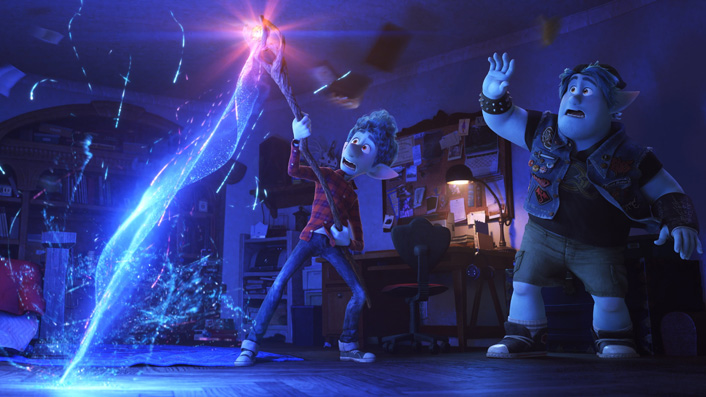
FLICKS: Does that mean there were other potential worlds that you guys were thinking of making for the story to work?
DAN SCANLON: At one point, we talked about maybe the brothers brought the dad back with a machine, essentially like they were scientists of something. And we played around with that for a while, but it was kind of cold, and it [needed to be] romanticised—that’s why we eventually went to magic.
FLICKS: I’m quite interested in the other writers for the film, Jason Headley and Keith Bunin because they seem outside of the Pixar Circle, if you will. How did you come across them, and what made them an ideal fit to help tell this story?
DAN SCANLON: We have a development department and they usually find writers based on scripts they’ve written. Keith was a great play write and had a sense of story structure that was really helpful in finding the main beats of the story. Jason had made his own film, written his own script, produced it and directed it, and he just has this great sense of humour and great sense of emotion.
I think between the two of them, that was really what we were looking for. We were looking for structure and emotion as we crafted this film and someone to work with. For me, as a writer, I always want others to collaborate with and challenge me and people that I can talk to and bounce ideas off the wall.

FLICKS: Speaking of humour, what’s always interesting to me about animation is that gags and jokes will often come in and out of the script, but there always seems to be one that stays for years and years of production and makes it to the final thing. Can you give me a hint of what the longest surviving gag has been throughout production that’s made it to the final film?
DAN SCANLON: I think it’s the unicorns, right?
KORI RAE: I think so. Yeah, because that was one of those initial drawings that we had up even when we were pitching, right?
DAN SCANLON: Very, very early on in development, we’ll bring in some story artists who might be on other films before we have our own crew. And gag sessions, pitch ideas, and the idea of unicorns eating garbage and being no longer rare and special, but being overrun and everywhere came up really early on, and we worked hard to keep that gag in the movie.
The other one for me that I think was in the earliest pitches of the movie was the idea of Colt Bronco being a mounted police officer centaur. In particular, I wanted to make sure that we introduced him by thinking he was a cop on a horse, and then revealed that he’s actually a horse-man. I had to fight so hard to keep that staging in.
Every time we moved him around, people would say, “You don’t need to do that joke.” We do.
KORI RAE: We did.
DAN SCANLON: It was such a struggle, so that was a big one.
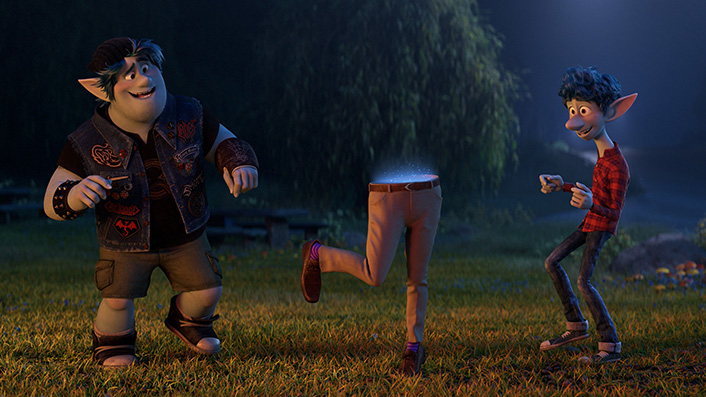
FLICKS: Think of—say—Finding Dory with Hank the Octopus or Sulley’s fur in Monsters, Inc. There’s often a really incredible technical feat of animation in Pixar films. What would be that one thing in Onward?
KORI RAE: I think one of them was definitely magic. It might seem like, “Oh, well, magic is magic.” But it could look like anything, and we really needed it to be specific to the story. We needed it to be chaotic and not too child-like. We went through a lot of early development trying to figure out what the magic that Ian does, what it looks like. We spent a great effort trying to figure that out, so that was one thing.
And simulation is always tough in computer animation—we had a ton of it, including the whole top half of Dad [this character is mostly a pair of legs with a pile of clothes making up his missing torso – Ed]. That was all simulated, most of it.
FLICKS: How exactly do you simulate half a person?
KORI RAE: Yeah, exactly. They had to make [the top half] out of materials they had just [to help out] the animators so that they wouldn’t have to necessarily animate every frame of the top half. Simulation worked to kind of just have it follow the bottom half. And they got most of the animation out of the box through the work of simulation.






